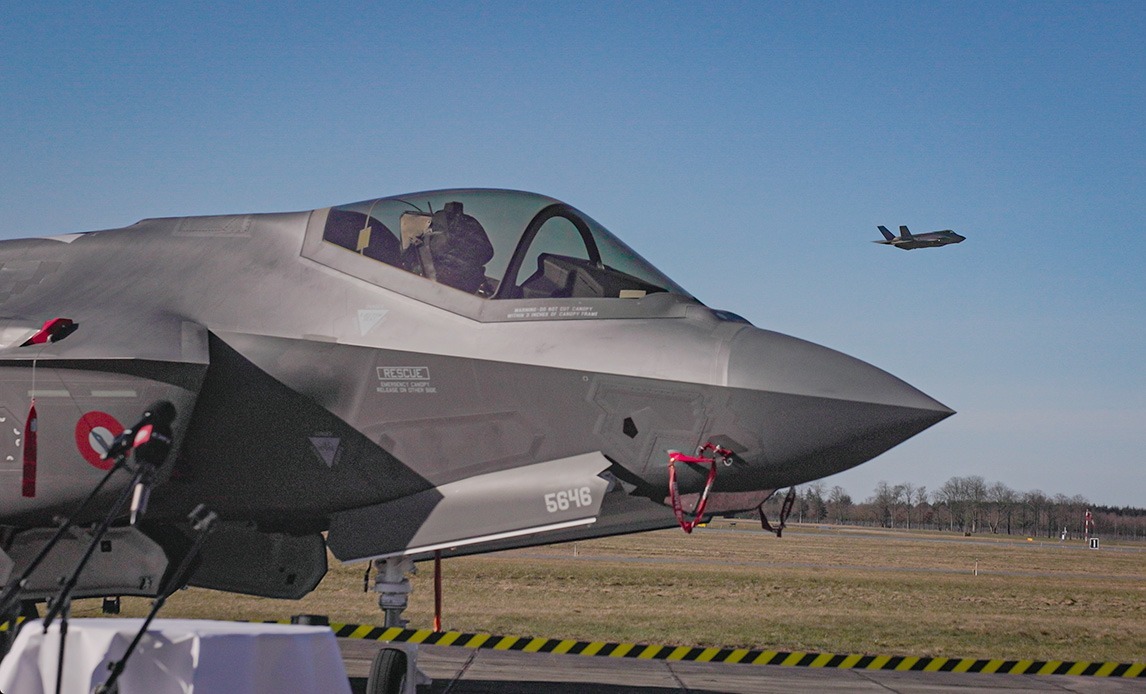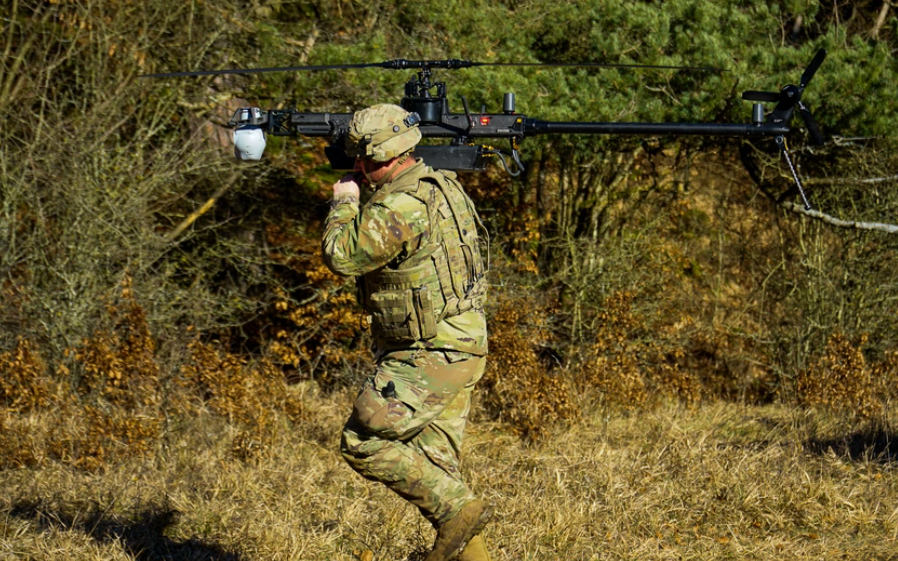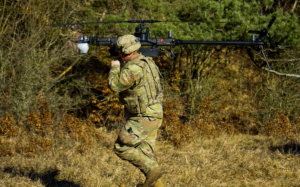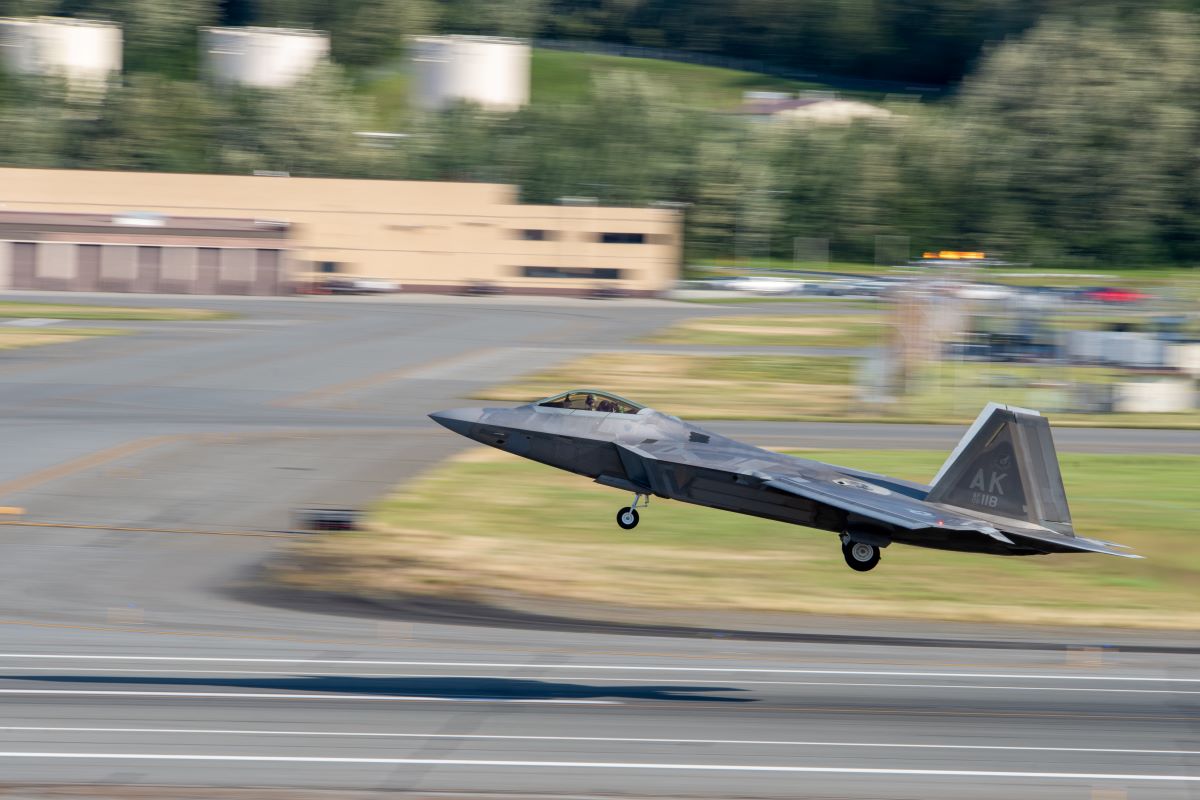The U.S. Space Force is moving to rely more on the commercial sector and its international partners for capabilities it once owned and operated, giving it more capacity, redundancy and making the nation’s space architecture more resilient, a senior service official said this week.
The connections and networking of Defense Department, commercial, and international assets make them hybrid architectures, Gen. Michael Guetlein, vice chief of space operations, said on Wednesday at the annual McAleese Conference.
In April 2024 the Space Force published its strategy for acquiring commercial space capabilities and soon will release its international strategy, “and when you plug both of those together with the current capabilities, we have that will enable hybrid architectures,” Guetlein said. “That will probably be our growth area for the foreseeable future.”
While DoD at one time led the way in space technology, that era is over and now partnerships with the commercial and international sectors are crucial, he said, highlighting that “All of us operating together are better than the sum of the parts.”
The Space Force is “looking at offloading some of our legacy capabilities” and halting some development programs in favor of relying more on commercial and international resources, Guetlein said. The service’s “acquisition philosophy” is to “exploit everything that we have,” which includes organic, commercial and international by “networking, integrating it in ways that nobody ever thought about before.”
The Space Force only wants to build what it “absolutely must” and not “buy something new and exquisite,” he said.
Currently, satellite communications are the “most closest to being a hybrid architecture” followed by space domain awareness, which DoD is buying a “tremendous amount” from commercial partners and “looking to collaborate with our international partners,” Guetlein said. Next is positioning, navigation, and timing capabilities, which are mostly government-owned but the Space Force is “experimenting” with commercial capabilities here, he said.
The spectrum of space capabilities also includes surveillance, reconnaissance and tracking, and counter-space, that latter being all “DoD kit,” Guetlein said. If any of these capabilities exist in the commercial and international areas, then DoD would rather buy it than make it, and then “integrate it into the enterprise,” he said.
The legacy of the Space Force is one of providing services such as satellite communications, GPS, and launches, but as near-peer adversaries have narrowed the gap on the U.S. lead in space the service is pivoting toward “space superiority for the joint force,” Guetlein said. The nation’s adversaries have rejected the old international norms of behavior and are creating new ones that include the use of cyber-hacks, jamming, spoofing, and lasing, he said.
“What’s more concerning is the new kit that they’re bringing to the fight,” Guetlein said. “Nesting dolls in space capable of launching a missile to take out another satellite. Shadowing satellites. Multiple satellites up there today are shadowing our U.S. satellites in a cat and mouse game. We move, they move. We move, they move. We don’t know what their intent is.”
The U.S. is also seeing adversary spacecraft use grappling arms that can move or kidnap a satellite in space, he said, calling all this behavior “unsafe” and “unprofessional.
Dogfighting between satellites is another capability U.S. near-peer adversaries are assessing in space as they practice tactics, techniques, and procedures, he said. The Space Force, using commercial assets, has “observed five different objects in space maneuvering in and out and around each other in synchronicity and in control,” he said.








